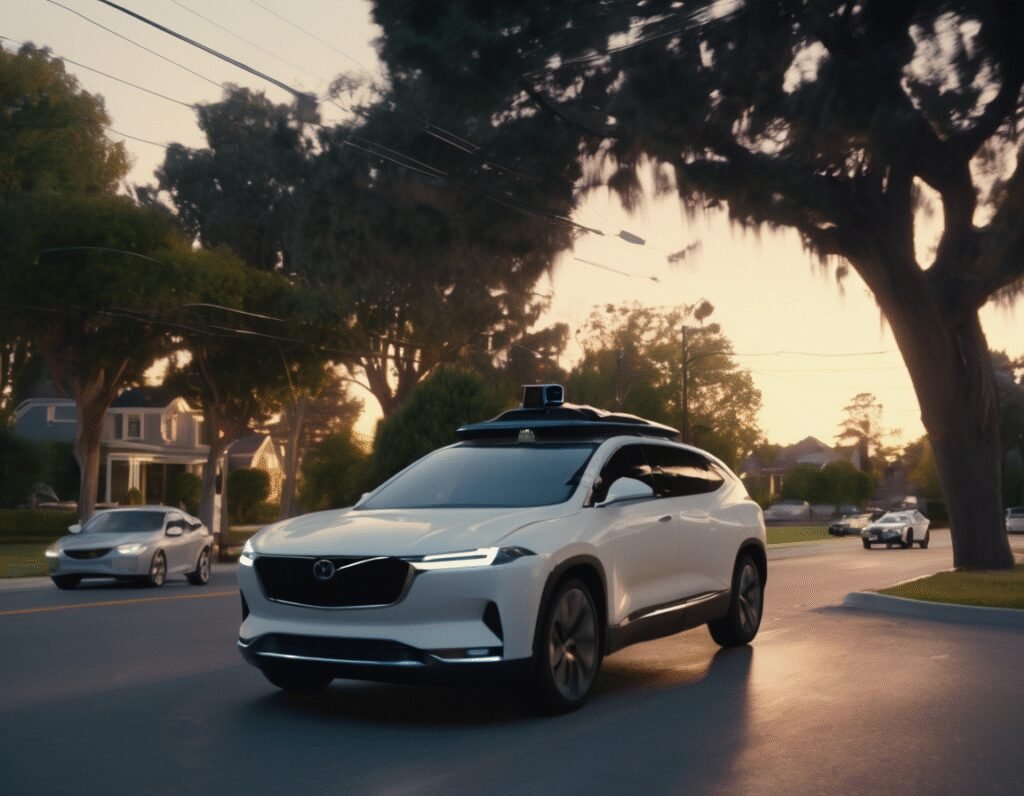Waymo Robotaxis Expand, But Public Annoyance Grows
The rollout of Waymo’s autonomous vehicles continues across more American cities, yet the reception from residents is increasingly mixed. Instead of being welcomed as a futuristic convenience, the robotaxis are often viewed as a public nuisance, with reports of erratic behavior and community disruption mounting.
The issues are not isolated. There have been numerous sightings of the driverless cars making significant errors, such as traveling the wrong way down one-way streets. These mistakes have led to more than just confusion; they have caused real traffic jams, frustrating human drivers who get caught in the snarl.
Another major point of contention is the vehicle’s distinct and loud backup noise. Designed as a safety feature to alert pedestrians, the sound has instead become a source of irritation for people living in neighborhoods where the cars operate. The constant, obnoxious beeping is a frequent complaint, adding to the noise pollution of city life.
Perhaps the most unsettling behavior reported is the phenomenon of the vehicles lingering or loitering. The cars have been observed idling for extended periods in random, sometimes residential, locations with no apparent purpose. This has led to feelings of unease among some citizens.
A couple from Los Angeles, Lisa Delgin and Zach Tucker, experienced this firsthand. After using a Waymo cab for a ride home from a New Year’s Eve party, they began to notice a strange pattern. Waymo vehicles would repeatedly appear on their street, sometimes parking directly outside their house for no reason. The couple described the experience as being oddly stalked by the autonomous vehicle, creating a sense of being watched in their own home.
These incidents highlight a growing tension between the rapid advancement of autonomous vehicle technology and its integration into the social fabric of everyday life. While the promise of self-driving cars remains, their current implementation is proving to be far from seamless. For many, the technology feels less like a helpful service and more like an invasive, error-prone presence.
The challenge for companies like Waymo is not just technological refinement, but also addressing the public relations aspect of their expansion. Winning trust requires more than just demonstrating capability; it requires demonstrating respect for the communities they enter. Until these machines can operate without disrupting traffic, disturbing the peace, or making residents feel surveilled, their path to widespread acceptance will likely be a bumpy one.


